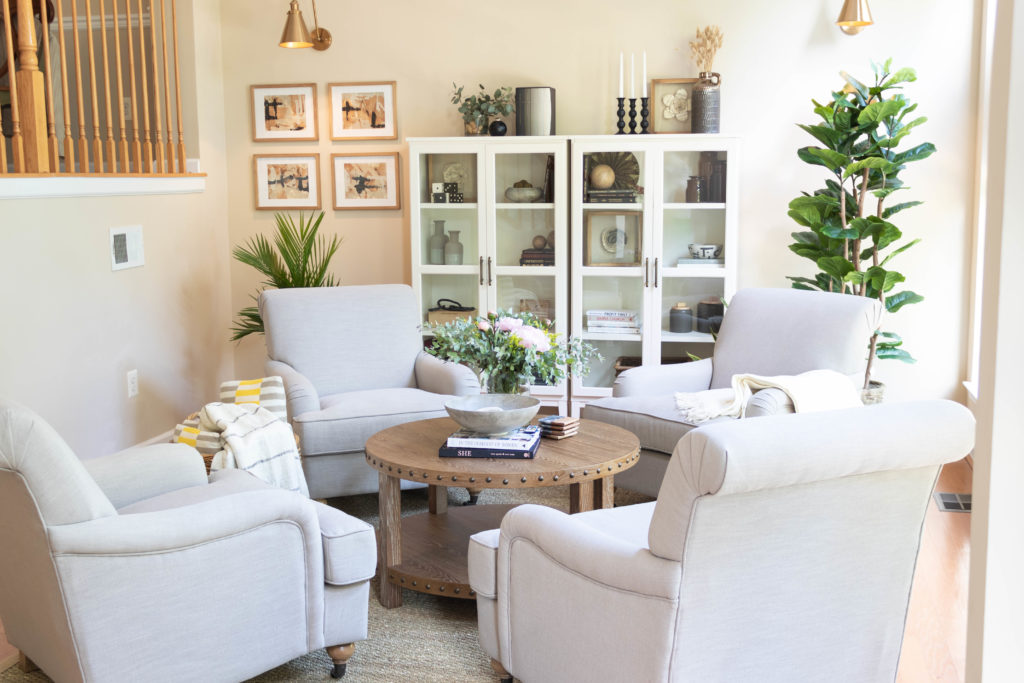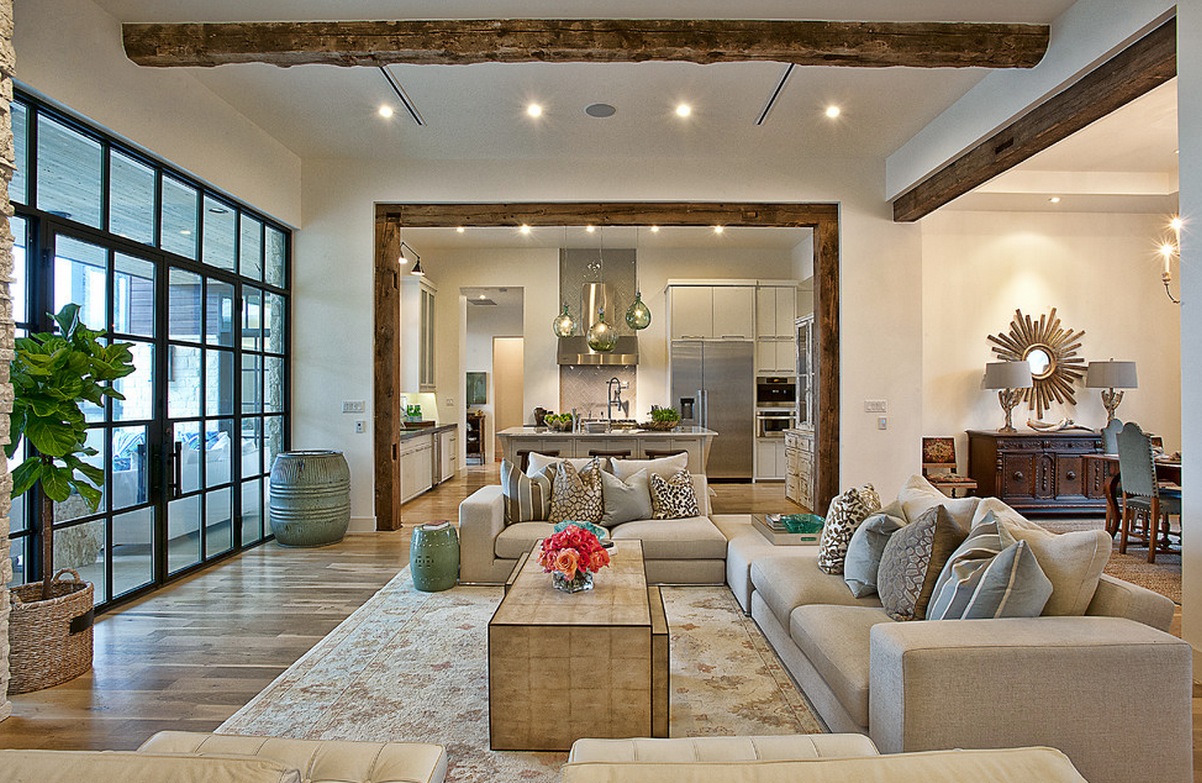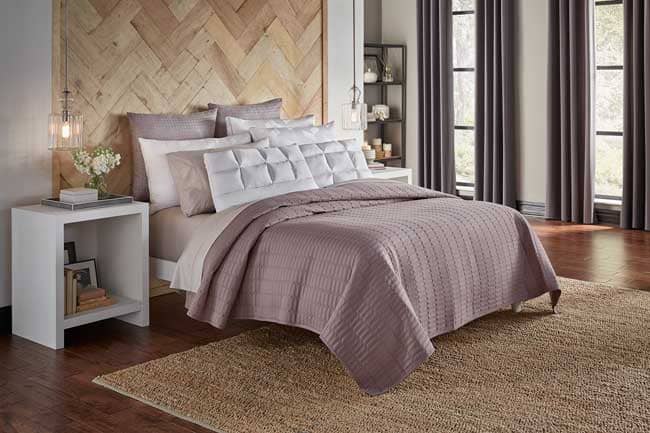Furniture Arrangement Tips for a Small Living Room
If you have a small living room, you may think that furniture arrangement is a difficult task. However, with some creative thinking and strategic placement, you can make the most out of your limited space. Here are some tips to help you arrange furniture in a small living room.
1. Start with a focal point
The first step in arranging furniture in a small living room is to determine the focal point. This could be a fireplace, a large window, or a TV. Once you have identified the focal point, arrange your furniture around it to create a cohesive and balanced look.
2. Use multipurpose furniture
In a small living room, every piece of furniture should serve a purpose. Consider using multipurpose furniture such as a storage ottoman that can also be used as a coffee table or a sofa bed for guests. This will help save space and keep your living room clutter-free.
3. Opt for smaller furniture
When it comes to furniture selection, size matters. Choose furniture that is scaled down to fit your small living room. For example, instead of a large sectional sofa, opt for a smaller loveseat. This will make the room feel more spacious and open.
4. Don't block the flow
It's important to leave enough space for people to move around in a small living room. Avoid placing furniture in a way that blocks the natural flow of the room. Leave at least a foot of space between furniture pieces to create a sense of openness.
5. Add mirrors
Mirrors are a great way to visually expand a small living room. They reflect light and give the illusion of more space. Hang a large mirror on one wall or create a gallery wall of smaller mirrors to add depth and dimension to the room.
How to Arrange Furniture in a Large Living Room
If you have a large living room, you may find it challenging to make the space feel cozy and inviting. Here are some tips to help you arrange furniture in a large living room.
1. Create zones
Instead of sticking all your furniture against the walls, create zones in your large living room. This will help break up the space and make it feel more intimate. For example, you can have a seating area, a reading nook, and a TV area.
2. Use a rug
A large rug can help anchor the furniture in a big living room. Place all your furniture on the rug to create a cohesive look. This will also help define each zone and make the room feel more put together.
3. Utilize corners
In a large living room, don't forget about the corners. Place a comfortable armchair or a floor lamp in a corner to create a cozy reading nook. This will also make use of the unused space and add interest to the room.
4. Don't be afraid of big furniture
In a large living room, you can get away with using bigger furniture pieces. A large sectional sofa or a statement piece of furniture can make a bold statement and fill up the space without looking out of place.
5. Add some greenery
Plants are a great way to add life and warmth to a large living room. Place a few tall potted plants in the corners or add a collection of smaller plants on a bookshelf. This will help bring some coziness to the space.
Living Room Furniture Arrangement Ideas
Arranging furniture in a living room is all about finding the right balance and creating a functional and inviting space. Here are some furniture arrangement ideas to inspire you.
1. Symmetrical arrangement
A symmetrical furniture arrangement can help create a sense of balance and harmony in a living room. Place two identical sofas facing each other and add two matching armchairs on either side. This will create a cozy and inviting conversation area.
2. L-shaped furniture arrangement
This arrangement is perfect for an open concept living room. Place an L-shaped sectional sofa facing the TV and add a couple of armchairs to complete the seating area. This will also create a clear division between the living room and dining area.
3. Minimalist arrangement
If you prefer a more minimalist look, opt for a simple furniture arrangement with a neutral color palette. Place a clean-lined sofa against a wall and add a couple of armchairs and a coffee table. This will create a sleek and modern living room.
4. Mixed seating arrangement
Mixing different types of seating can add interest and personality to a living room. Place a combination of a sofa, armchairs, and a bench to create a cozy and eclectic seating area. This is also a great way to accommodate more guests.
5. Corner fireplace arrangement
If your living room has a corner fireplace, arrange your furniture around it to make it the focal point. Place a sofa and a couple of armchairs facing the fireplace and add a coffee table in the center. This will create a cozy and intimate seating area.
Best Ways to Arrange Furniture in a Living Room
When it comes to arranging furniture in a living room, there is no one-size-fits-all solution. It all depends on the size and layout of your room. Here are some general tips to help you find the best way to arrange furniture in your living room.
1. Measure the room
Before you start arranging furniture, it's important to measure the room and take note of any architectural features such as windows, doors, and fireplaces. This will help you plan the layout accordingly and avoid any potential obstacles.
2. Consider traffic flow
When arranging furniture, make sure there is enough space for people to walk around comfortably. Avoid placing furniture in a way that blocks the natural flow of the room. This will create a more functional and open living room.
3. Leave breathing room
To avoid making your living room feel cramped, leave some breathing room between furniture pieces. This will also help create a sense of balance and make the room feel more spacious.
4. Experiment with different layouts
Don't be afraid to try out different furniture arrangements to see what works best for your living room. You can even use masking tape on the floor to outline the furniture placement before actually moving anything.
5. Don't forget about functionality
While aesthetics are important, it's also crucial to consider the functionality of your living room furniture arrangement. Make sure that the placement of furniture allows for easy access to outlets, storage, and other functional elements.
How to Arrange Furniture in an Awkward Living Room
An awkwardly shaped living room can be a challenge to furnish. However, with some creativity and strategic placement, you can make the most out of your space. Here are some tips to help you arrange furniture in an awkward living room.
1. Use furniture to create a division
If your living room has an awkward layout, use furniture to create a division between different areas. For example, a sofa and a bookshelf can be used to separate the living room and dining area in an open concept space.
2. Place furniture at an angle
Don't be afraid to place furniture at an angle to make the most out of an awkward corner or a wall. This can also help create a more dynamic and interesting look in the room.
3. Use a console table
If you have a narrow and awkward space in your living room, consider adding a console table. This will not only fill up the space but also provide a handy surface for displaying decor items or storage.
4. Think about scale
In an awkward living room, it's important to pay attention to the scale of furniture. Avoid using large or bulky pieces that will make the room feel even more cramped. Instead, opt for smaller and more lightweight furniture.
5. Don't overcrowd the room
In a small and awkward living room, less is more. Don't overcrowd the space with too much furniture. Stick to the essentials and leave enough breathing room to make the room feel more open and spacious.
Living Room Furniture Arrangement for Conversation
The living room is often the heart of the home, where friends and family gather to socialize and catch up. If you want to encourage conversation in your living room, here are some furniture arrangement tips to keep in mind.
1. Create a cozy seating area
To facilitate conversation, create a cozy seating area with comfortable and inviting furniture. Place a sofa and a couple of armchairs facing each other around a coffee table to encourage interaction.
2. Add extra seating
It's always a good idea to have extra seating in a living room for guests. Consider adding a bench or ottomans that can also serve as extra seating when needed. This will make your living room more conducive to conversation.
3. Avoid blocking the view
When arranging furniture for conversation, make sure to avoid blocking the view. This means not placing furniture in front of windows or doorways, as it can disrupt the flow of conversation and make the room feel awkward.
4. Use a circular layout
A circular furniture layout is great for facilitating conversation, as it allows everyone to see and interact with each other. Place a circular sofa or a grouping of armchairs around a coffee table to create a cozy and inviting conversation area.
5. Add personal touches
To make your living room feel more intimate and personal, add some decor and personal touches to the furniture arrangement. This could be a gallery wall of family photos or some unique accent pieces on the coffee table.
Tips for Arranging Furniture in an Open Concept Living Room
An open concept living room can be challenging to furnish, as there are no clear boundaries between different areas. Here are some tips to help you arrange furniture in an open concept living room.
1. Define different zones
In an open concept living room, it's important to define different zones to create a sense of separation. This can be done through furniture placement, such as using a sofa to divide the living room from the dining area.
2. Use rugs
Rugs are a great way to define different areas in an open concept living room. Use a large rug to anchor the furniture in the living room area and a smaller rug to define the dining area. This will also add texture and warmth to the space.
3. Consider flow and function
When arranging furniture in an open concept living room, keep in mind the flow and functionality of the space. Make sure there is enough room for people to move around comfortably and that the furniture placement allows for easy access to different areas.
4. Coordinate colors
To create a cohesive and visually pleasing look, coordinate the colors of furniture in different areas of an open concept living room. This can be done through using similar color palettes or repeating accent colors.
5. Use multifunctional furniture
In an open concept living room, it's important to make the most out of limited space. Consider using multifunctional furniture such as a storage ottoman or a sofa bed to save space and add functionality to the room.
How to Arrange Furniture in a Rectangular Living Room
A rectangular living room can be a bit tricky to arrange furniture in, as the long and narrow shape can make it challenging to create a balanced and inviting space. Here are some tips to help you arrange furniture in a rectangular living room.
1. Create two separate areas
In a rectangular living room, consider creating two distinct areas with different functions. For example, you can have a seating area on one side and a reading nook or a home office on the other side. This will make the room feel more balanced and functional.
2. Use a rug to anchor the space
Place a large rug in the center of the living room to anchor the furniture and create a cohesive look. Make sure that all furniture pieces are placed at least partially on the rug to tie the room together.
3. Add symmetry
In a rectangular living room, symmetry can help create a sense of balance and harmony. Place two identical sofas facing each other and add matching armchairs on either side. This will create a cozy and inviting conversation area.
4. Utilize the wall space
In a rectangular living room, it's important to make use of the wall space to avoid the room feeling cluttered. Consider adding shelves or a bookcase against one wall to create storage and display space without taking up too much floor space.
How to Arrange Furniture in Your Living Room for Optimal Flow and Function

Creating a Cozy and Welcoming Space
 When it comes to designing your living room, arranging furniture is a crucial step in creating a space that is both functional and aesthetically pleasing. The way you arrange your furniture can greatly impact the flow of the room and how easily you and your guests can move around and interact. Whether you have a small or large living room,
proper furniture arrangement can make all the difference in creating a cozy and welcoming space for you and your loved ones to enjoy.
When it comes to designing your living room, arranging furniture is a crucial step in creating a space that is both functional and aesthetically pleasing. The way you arrange your furniture can greatly impact the flow of the room and how easily you and your guests can move around and interact. Whether you have a small or large living room,
proper furniture arrangement can make all the difference in creating a cozy and welcoming space for you and your loved ones to enjoy.
Start with a Plan
 The first step in arranging furniture in your living room is to start with a plan. Take measurements of your living room and use them to create a rough sketch of the room. This will help you visualize how your furniture will fit and where it should be placed.
Make sure to consider the natural flow of the room and the focal point, such as a fireplace or TV, when planning your furniture arrangement.
This will ensure that your furniture is not only functional but also visually appealing.
The first step in arranging furniture in your living room is to start with a plan. Take measurements of your living room and use them to create a rough sketch of the room. This will help you visualize how your furniture will fit and where it should be placed.
Make sure to consider the natural flow of the room and the focal point, such as a fireplace or TV, when planning your furniture arrangement.
This will ensure that your furniture is not only functional but also visually appealing.
Consider the Function of the Room
 Before you start moving around furniture, it's important to think about the function of your living room. Are you using it primarily for entertaining guests or as a cozy family space? This will determine the type and placement of furniture you choose.
If you have a small living room, consider multi-functional pieces like a storage ottoman or nesting tables to maximize space.
If you have a large living room, you can create separate zones for different activities, such as a conversation area or a reading nook.
Before you start moving around furniture, it's important to think about the function of your living room. Are you using it primarily for entertaining guests or as a cozy family space? This will determine the type and placement of furniture you choose.
If you have a small living room, consider multi-functional pieces like a storage ottoman or nesting tables to maximize space.
If you have a large living room, you can create separate zones for different activities, such as a conversation area or a reading nook.
Arranging the Furniture
 Now that you have a plan and have considered the function of your living room, it's time to start arranging the furniture.
Start with the largest piece of furniture, such as a sofa or sectional, and place it facing the focal point.
This will create a natural flow and make the room feel more inviting.
Next, add chairs and tables around the sofa, making sure to leave enough space for people to move around comfortably.
If you have a TV in the room, make sure it is at a comfortable viewing distance from the seating area.
Now that you have a plan and have considered the function of your living room, it's time to start arranging the furniture.
Start with the largest piece of furniture, such as a sofa or sectional, and place it facing the focal point.
This will create a natural flow and make the room feel more inviting.
Next, add chairs and tables around the sofa, making sure to leave enough space for people to move around comfortably.
If you have a TV in the room, make sure it is at a comfortable viewing distance from the seating area.
Don't Forget About Traffic Flow
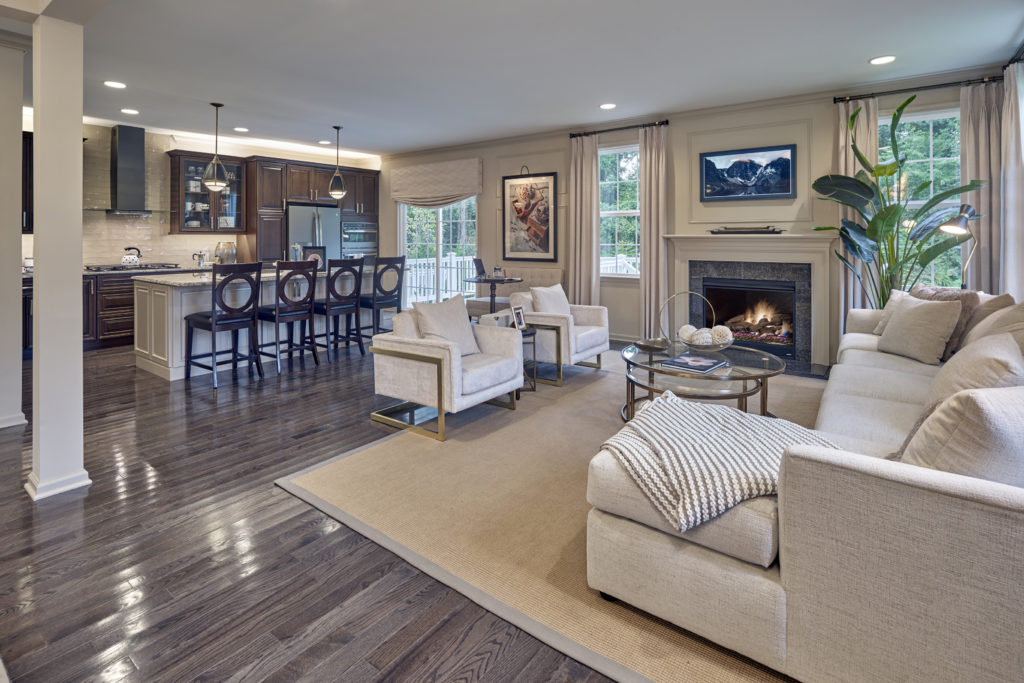 One important aspect to consider when arranging furniture is the traffic flow in the room.
Make sure to leave enough space for people to walk around and between furniture without feeling cramped or obstructed.
This is especially important if you have a narrow living room or if the room is used as a main thoroughfare in your home.
Consider using furniture with legs, such as a coffee table or armchairs, to create a more open and airy feel in the room.
One important aspect to consider when arranging furniture is the traffic flow in the room.
Make sure to leave enough space for people to walk around and between furniture without feeling cramped or obstructed.
This is especially important if you have a narrow living room or if the room is used as a main thoroughfare in your home.
Consider using furniture with legs, such as a coffee table or armchairs, to create a more open and airy feel in the room.
Final Touches
 Once your furniture is in place, it's time to add some final touches to complete the look of your living room.
Consider adding a rug to anchor the seating area and add some texture and color to the room.
Don't be afraid to add some personal touches, such as throw pillows or decorative objects, to make the space feel more inviting and reflect your personal style.
In conclusion, arranging furniture in your living room may seem like a daunting task, but with a plan and some careful consideration, you can create a cozy and functional space that meets your needs and reflects your personal style.
Remember to always consider the flow of the room, the function of the space, and leave enough room for comfortable movement when arranging your furniture.
With these tips, you can create a living room that is both stylish and welcoming for you and your guests to enjoy.
Once your furniture is in place, it's time to add some final touches to complete the look of your living room.
Consider adding a rug to anchor the seating area and add some texture and color to the room.
Don't be afraid to add some personal touches, such as throw pillows or decorative objects, to make the space feel more inviting and reflect your personal style.
In conclusion, arranging furniture in your living room may seem like a daunting task, but with a plan and some careful consideration, you can create a cozy and functional space that meets your needs and reflects your personal style.
Remember to always consider the flow of the room, the function of the space, and leave enough room for comfortable movement when arranging your furniture.
With these tips, you can create a living room that is both stylish and welcoming for you and your guests to enjoy.









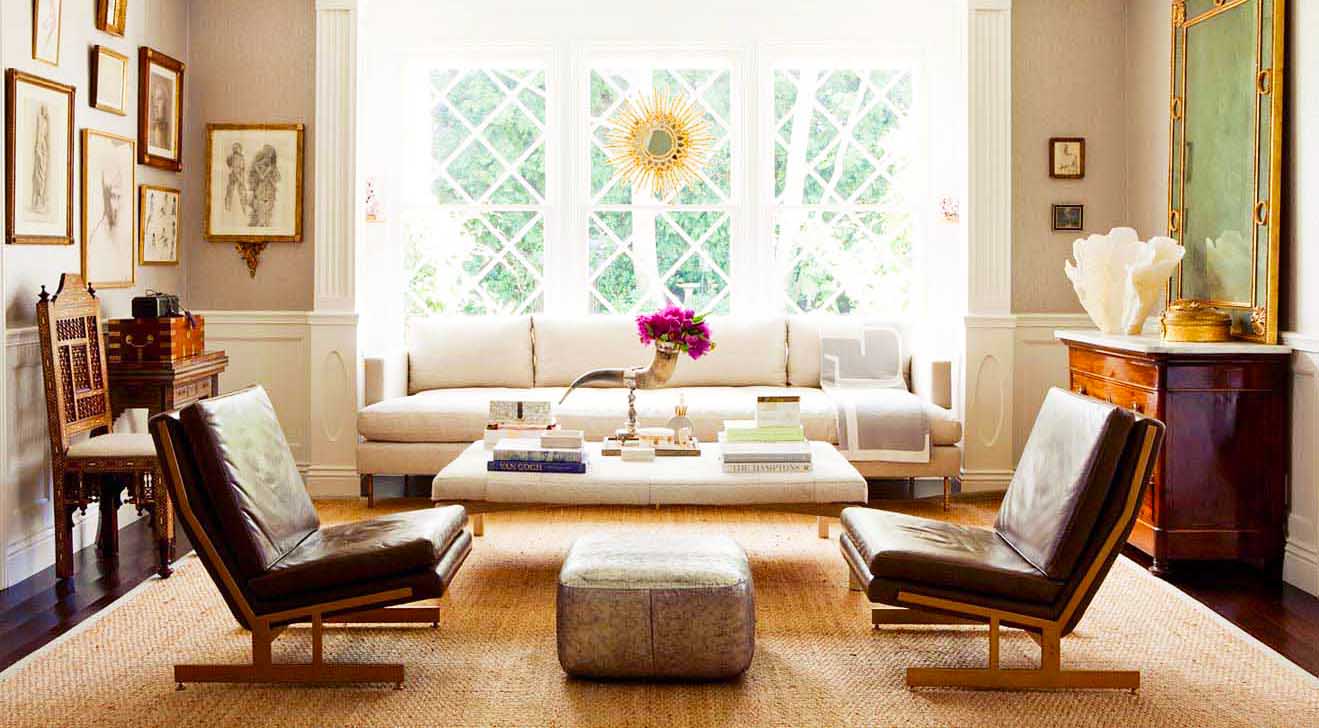

























/arrange-furniture-awkward-living-room-5194365-hero-6738bbe71fea4187861db7ad9afbad44.jpg)











